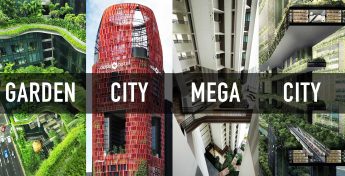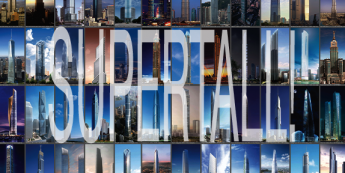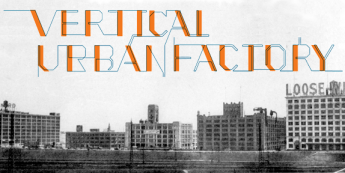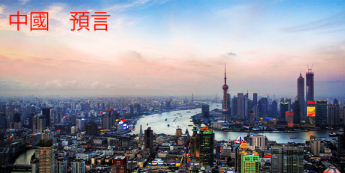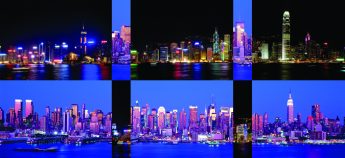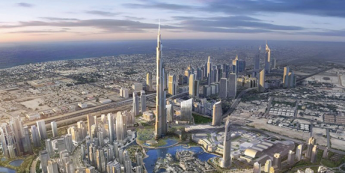How tall is Supertall? The Skyscraper Museum sets its benchmark high: 1,250 feet/ 380 meters, the height of the 1931 Empire State Building. Despite an upsurge in Supertalls during the last decade, towers this tall remain exceptional: our survey counts 58.
SUPERTALL! 2020 highlights a dozen of the most extraordinary recent towers, exploring ideas about formal and structural innovation and the place of a signature skyscraper in a master-planned, mixed-use complex that creates community and value both on the ground and in the sky.

